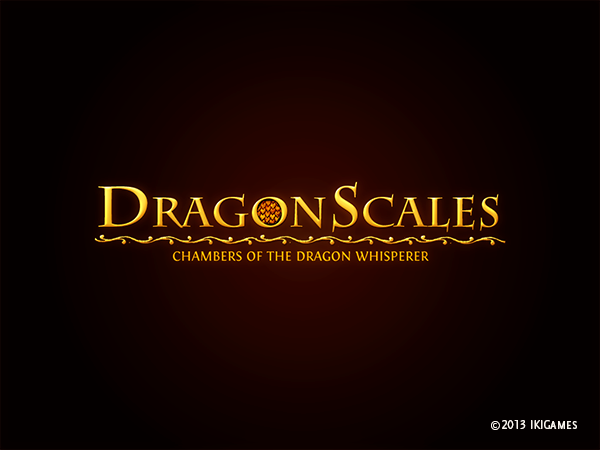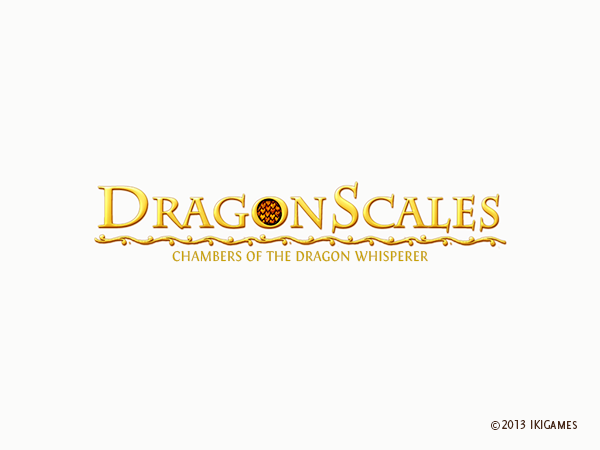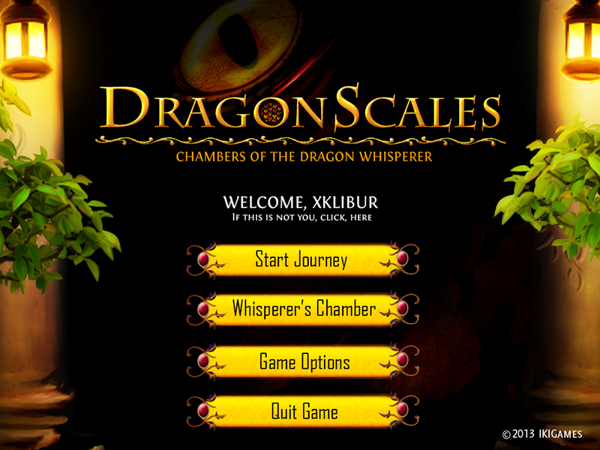The author of LibGDX has just published an excellent and reflective post: THE JVM – A VIABLE PLATFORM FOR (MOBILE) GAMES?. A thought-provoking reading. Our humble answer to this question is yes. But things could be better, much better. For instance, as we all know, the approach to port your LibGDX game to iOS, albeit effective and a victory of cleverness, is notoriously contrived. It feels like we are working with fine porcelain which could break anytime, anywhere. Even for the desktop, Java game development and distribution can pose unexpected challenges. For instance, bundling your jar for distribution on Windows can face surprising hurdles:
- We cannot provide further details because of NDAs, but there are some DRM wrappers which don’t interact well with launch4j outputs.
- Bundling has to take special care to handle the “Missing msvcr71.dll” problem (Java 6. For Java7 your problem will be msvcr100.dll). Take a look at this.
On Mac OS X, things might get even harder. You’ll have to use the AppBundler, work through several configuration files, and even compile your own JRE.
Regarding mobile deployment, well, if you’re using LibGDX, Android is your most natural mobile target. iOS is possible too, but it’s not that natural mostly because Java is not a first-class citizen there. Blackberry devices, which allow for Java development, are not possible at the moment with LibGDX because BB has no JNI support. For Bada you’d use C++. For Firefox OS you’d use HTML 5. Tizen is based on HTML5 (may support Java too). Play Station Mobile requires C#. Windows Phone 8 allows C++, C# and Visual Basic, I think.
That said, we’re not big Java fans. Honestly, we’d rather work on C++, or Python, or C#, or even PROLOG, and we really don’t care that much for the other languages that target the JVM. We’d rather work on Vim with a bunch of makefiles. However, after completing our first game, NagiQ, a word game for desktop, we wanted to be able to deploy our next titles on mobile devices, specifically, Android devices. As Google insists on Java as your first language of choice, we followed the Java/LibGDX route. The great part here was LibGDX. Java is a good language, but what we really enjoyed was using LibGDX: its design is very, very good. What we want from a framework/SDK/library is good abstraction layers and cross-platform capabilities, and LibGDX excels at offering both. Furthermore, you can go lower level if needed, and you can browse and alter the source code if needed. That’s wonderful. We are much less interested on tools. Our dream: LibGDX in C++, coding with Vim, having a set of makefiles for automagically creating versions of our games for desktop and several mobile targets (Android, iOS, BB, PSM, etc). A dream. Just a dream.
Our feeling is that the JVM is getting behind. C# is becoming the preferred managed solution out there on mobile devices. For the time being, our plan is to stick to LibGDX. And as LibGDX is based on Java, we’ll keep using Java.




